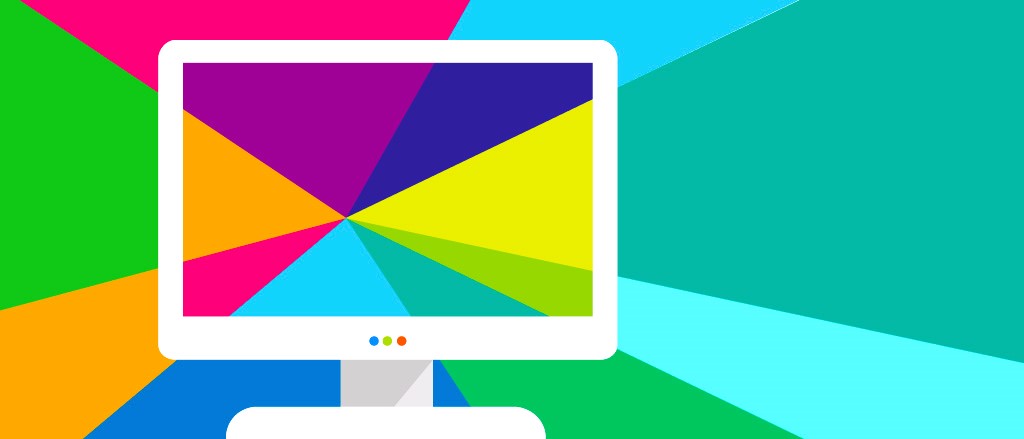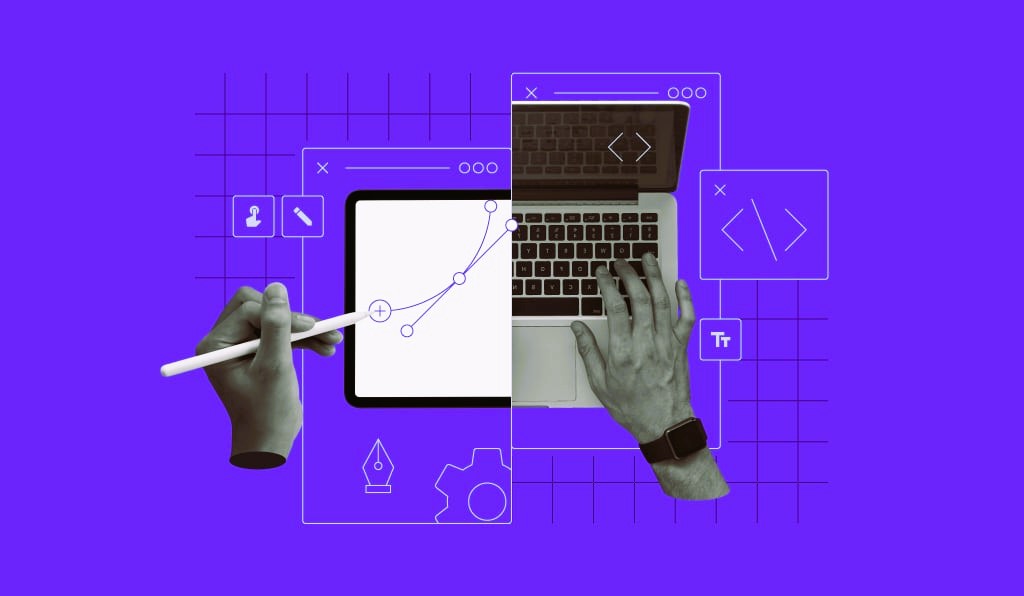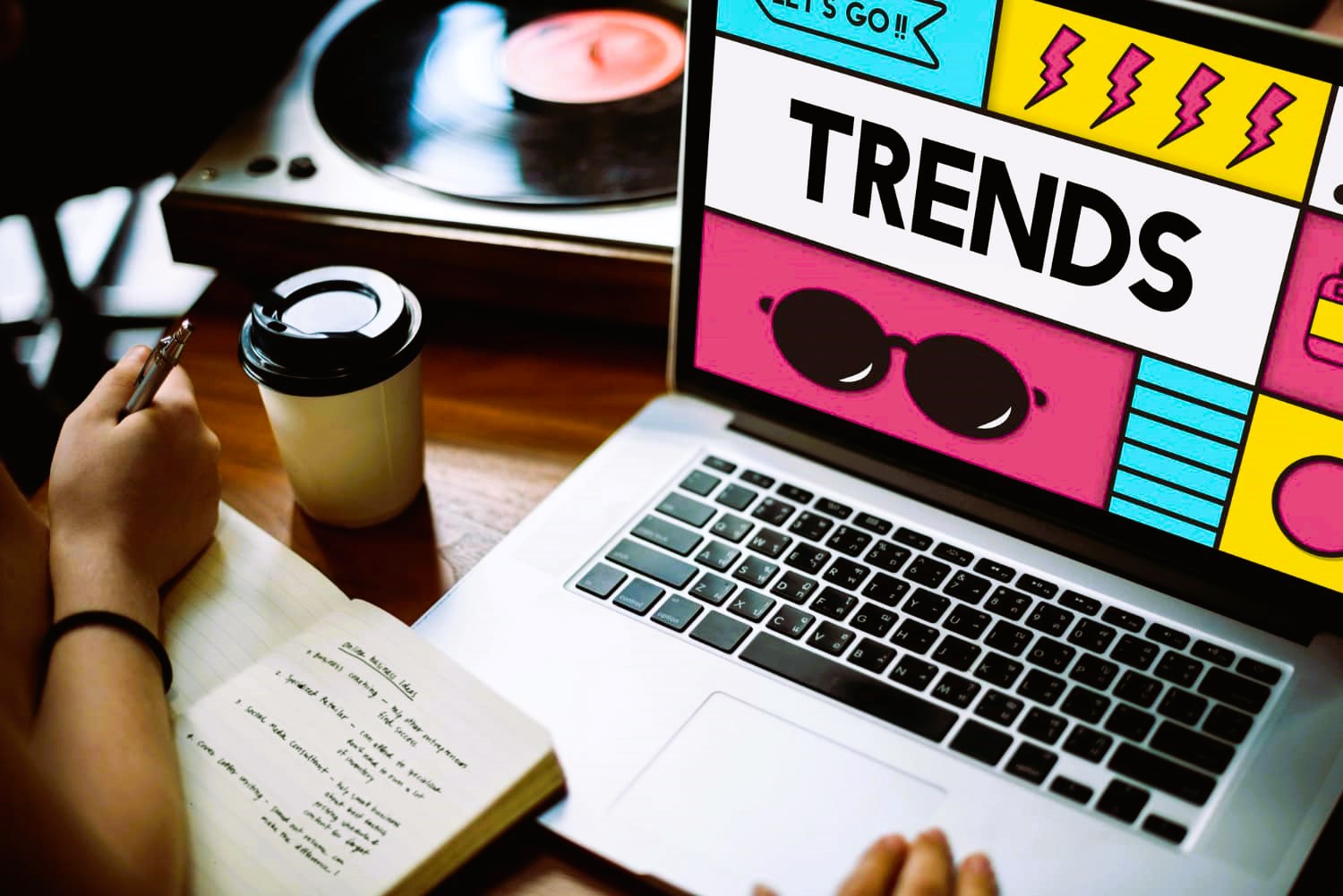As the digital landscape continues to evolve, web designers are constantly exploring innovative approaches to captivate audiences and create memorable online experiences. With each passing year, new trends emerge, shaping the way websites are designed and developed. In this article, we’ll explore some of the anticipated web design trends to watch in the coming year, providing insights into the direction that digital aesthetics and functionality might take.
1. Dark Mode Dominance
Dark mode has steadily gained popularity over the past few years, and it’s expected to continue dominating the web design scene. Dark backgrounds not only reduce eye strain, especially in low-light conditions, but also create a sleek and modern look. Many popular platforms, including social media and operating systems, have embraced dark mode, influencing web designers to incorporate this trend into their projects.
2. Neumorphism or Soft UI

Neumorphism, a design trend that emerged in recent years, mimics physicality by creating elements that appear to rise from or recede into the digital surface. Also known as soft UI (User Interface), this style combines minimalism with skeuomorphism, resulting in visually appealing and tactile interfaces. Expect to see more websites adopting neumorphic design elements to enhance user engagement and aesthetics.
3. 3D Elements and Illustrations
The use of three-dimensional elements and illustrations is expected to continue flourishing in web design. 3D graphics add depth and realism to a website, creating an immersive and visually striking experience. Whether it’s 3D icons, illustrations, or interactive elements, incorporating spatial design elements can elevate the overall design aesthetic and engage users in a more interactive manner.
4. Asymmetric Layouts for Creativity
Breaking away from traditional grid-based layouts, asymmetric designs provide a sense of creativity and uniqueness. These layouts allow designers to experiment with placing elements in unconventional ways, creating visually interesting compositions. Asymmetry adds a dynamic and modern touch, providing designers with more freedom to express creativity and capture user attention. Did you like the article? Read about Web accessibility.
5. Microinteractions for Enhanced User Engagement
Microinteractions, subtle and functional animations or responses to user actions, will continue to play a significant role in web design. These small, delightful animations contribute to a smoother and more engaging user experience. From button hovers to loading animations, microinteractions add a layer of interactivity that enhances the overall usability of a website.
6. Sustainability in Design
With increasing awareness of environmental issues, sustainable design practices are gaining traction in the web design community. From eco-friendly hosting options to minimalist designs that reduce energy consumption, expect to see more websites incorporating sustainability into their design principles. This trend aligns with the broader global movement toward eco-conscious practices in various industries.
7. Augmented Reality (AR) Integration
As technology advances, the integration of augmented reality into web design is becoming more feasible. AR elements can enhance the user experience by overlaying digital information onto the physical world. While not applicable to all websites, industries such as retail, education, and tourism may explore AR to provide users with a more immersive and interactive online experience.
8. AI-Driven Personalization

Artificial Intelligence (AI) is increasingly being utilized to personalize user experiences on websites. AI algorithms analyze user behavior, preferences, and interactions to tailor content and recommendations. This trend aims to enhance user engagement by delivering more relevant and personalized experiences, contributing to increased user satisfaction and retention.
Conclusion
Web design is an ever-evolving field, and staying informed about emerging trends is essential for designers and businesses looking to stay ahead in the digital realm. The coming year promises an exciting blend of aesthetic innovations and functional enhancements that will shape the future of web design.
As you embark on your web design journey, keep a keen eye on these trends, experiment with new techniques, and embrace the evolving landscape of digital aesthetics. The intersection of creativity, technology, and user experience will continue to drive the evolution of web design, creating a dynamic and engaging online environment for users across the globe.
For a more in-depth exploration of design standards and principles, you can refer to the Wikipedia page on Web Design. This comprehensive resource provides valuable insights into the historical evolution and fundamental principles of web design.


